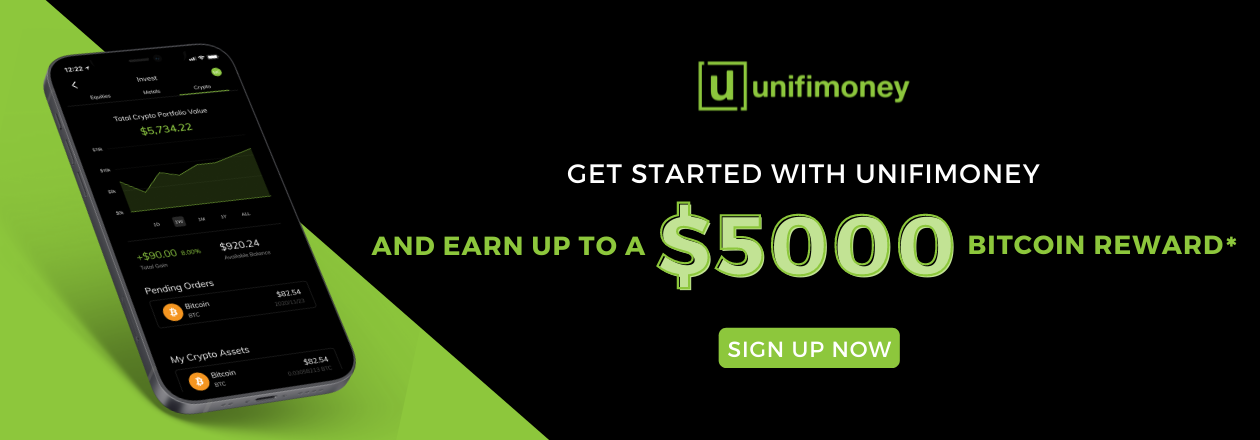
 | Read in Browser | |||||||||
 | ||||||||||
 | ||||||||||
| | ||||||||||
| ||||||||||
As a result, Mao's successor, Deng Xiaoping, implemented a series of market reforms after taking power in 1978. Those included the sweeping Open Door Policy, which was the first time the country opened to foreign investment. As private companies developed in the 1980s and 1990s, they sought the technological knowledge of many foreign companies to stave off the rising competition in the liberalized economy. These developments surrounded China's Four Modernization Plan, whose pillars were made up of agriculture, industry, defense, and science and technology.
Outlook: Xi Jinping assumed office in 2012 and is arguably the most influential Chinese leader since Mao. Xi has even written himself into the CCP's constitution and eliminated limits on his time in office. On the economic front, GDP has grown steadily on his watch and he was the architect of the Belt and Road Initiative, which has been criticized by the U.S. over its leverage in creating political goodwill, massive debt and a way to spread Beijing's influence. Last month, the G7 unveiled concrete steps to counter China's rising power, drawing up a global green infrastructure plan called "Build Back Better for the World." (4 comments) Download Seeking Alpha for your Phone or Tablet


Like Wall Street Breakfast? Try our other newsletters as well.
This email was sent to you because you signed up to receive Wall Street Breakfast.
If you do not want to receive Wall Street Breakfast emails, click here to unsubscribe.
Sent by Seeking Alpha, 52 Vanderbilt Avenue, 13th floor, New York, NY 10017
Outlook: Xi Jinping assumed office in 2012 and is arguably the most influential Chinese leader since Mao. Xi has even written himself into the CCP's constitution and eliminated limits on his time in office. On the economic front, GDP has grown steadily on his watch and he was the architect of the Belt and Road Initiative, which has been criticized by the U.S. over its leverage in creating political goodwill, massive debt and a way to spread Beijing's influence. Last month, the G7 unveiled concrete steps to counter China's rising power, drawing up a global green infrastructure plan called "Build Back Better for the World." (4 comments)
Trending
As concerns dwindle over gathering in crowds or attending public events, 86% of Americans plan to celebrate Independence Day this year, up from 76% in 2020. Those who do have plans for the holiday are forecast to spend about $80 on food items - in line with historical trends - for a total of $7.5B. More than half of consumers are also planning a cookout or BBQ, the National Retail Federation reports, and 29% of those celebrating expect to purchase additional patriotic items.
Road trip: 10M more Americans are set to take road trips this July 4, a 34% increase compared to last year, according to AAA. Daily car rental rates for Independence Day are also 86% higher compared to the same period in 2020, topping out at $166. That strong demand comes despite gas prices that are hovering around $3.09 a gallon nationally, the highest price over the holiday in seven years.
"The problem isn't gasoline supply," according to GasBuddy. "The problem is there aren't enough truck drivers to keep up with deliveries, made worse by the pandemic as some truckers left for jobs elsewhere or were let go."
Air travel: While cancelations and delays are piling up as carriers scramble to cope with the travel surge, 3.5M people are still expected to take to the skies. Southwest Airlines (NYSE:LUV) is even offering flight attendants double pay, as well as higher compensation to ground and cargo employees. Overall, 47.7M Americans are expected to travel across all modes of transportation, just below record high figures from 2019, when 49M people across the U.S. traveled over the holiday.
Road trip: 10M more Americans are set to take road trips this July 4, a 34% increase compared to last year, according to AAA. Daily car rental rates for Independence Day are also 86% higher compared to the same period in 2020, topping out at $166. That strong demand comes despite gas prices that are hovering around $3.09 a gallon nationally, the highest price over the holiday in seven years.
"The problem isn't gasoline supply," according to GasBuddy. "The problem is there aren't enough truck drivers to keep up with deliveries, made worse by the pandemic as some truckers left for jobs elsewhere or were let go."
Air travel: While cancelations and delays are piling up as carriers scramble to cope with the travel surge, 3.5M people are still expected to take to the skies. Southwest Airlines (NYSE:LUV) is even offering flight attendants double pay, as well as higher compensation to ground and cargo employees. Overall, 47.7M Americans are expected to travel across all modes of transportation, just below record high figures from 2019, when 49M people across the U.S. traveled over the holiday.
Today's Markets
In Asia, Japan -0.3%. Hong Kong closed. China -0.1%. India -0.3%.
In Europe, at midday, London +0.5%. Paris +0.1%. Frankfurt flat.
Futures at 6:20, Dow +0.2%. S&P +0.1. Nasdaq -0.2%. Crude +1.2% at $74.32. Gold +0.3% at $1776.70. Bitcoin -4.5% at $33286.
Ten-year Treasury Yield +3 bps to 1.47%
In Europe, at midday, London +0.5%. Paris +0.1%. Frankfurt flat.
Futures at 6:20, Dow +0.2%. S&P +0.1. Nasdaq -0.2%. Crude +1.2% at $74.32. Gold +0.3% at $1776.70. Bitcoin -4.5% at $33286.
Ten-year Treasury Yield +3 bps to 1.47%
Today's Economic Calendar
S&P hits Wall Street's 2021 target in six months; What's next?
Q2's top winners and losers in energy, natural resources.
Didi (NYSE:DIDI) pops 30% on first day, then gives it back.
J&J (NYSE:JNJ) vaccine may protect against Delta variant - Surgeon General.
Jeff who? Richard Branson comments on space travel plans.
Amazon (NASDAQ:AMZN) plans to deploy full Rivian EV delivery fleet by 2030.
Chip shortage prompts Ford (NYSE:F) to slash more vehicle production.
Intellia (NTLA) gene editing pioneer outlines future of CRISPR.
Con Edison (NYSE:ED) urges NYC residents to conserve power amid outages.
Robinhood (RBNHD) to pay $70M to settle FINRA regulatory probe.
Q2's top winners and losers in energy, natural resources.
Didi (NYSE:DIDI) pops 30% on first day, then gives it back.
J&J (NYSE:JNJ) vaccine may protect against Delta variant - Surgeon General.
Jeff who? Richard Branson comments on space travel plans.
Amazon (NASDAQ:AMZN) plans to deploy full Rivian EV delivery fleet by 2030.
Chip shortage prompts Ford (NYSE:F) to slash more vehicle production.
Intellia (NTLA) gene editing pioneer outlines future of CRISPR.
Con Edison (NYSE:ED) urges NYC residents to conserve power amid outages.
Robinhood (RBNHD) to pay $70M to settle FINRA regulatory probe.


Like Wall Street Breakfast? Try our other newsletters as well.
This email was sent to you because you signed up to receive Wall Street Breakfast.
If you do not want to receive Wall Street Breakfast emails, click here to unsubscribe.
Sent by Seeking Alpha, 52 Vanderbilt Avenue, 13th floor, New York, NY 10017



EmoticonEmoticon